How and how to feed cabbage?
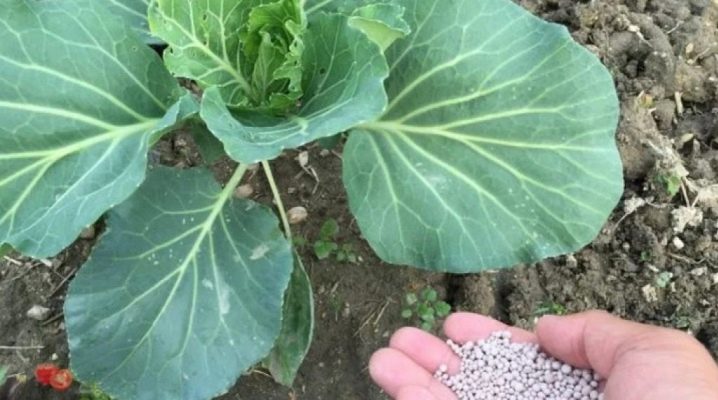
Many gardeners grow cabbage on their plots. It contains a large amount of beneficial vitamins and minerals. Therefore, it is useful for all people to use it. In order for the cabbage to grow large and tasty, it must be fed regularly.
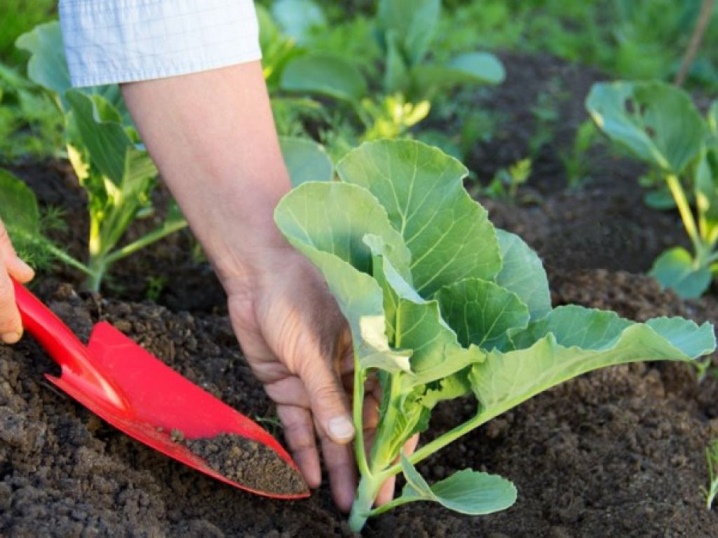
Signs of a lack of nutrition
Before applying top dressing to the soil, it is important to determine what substances are missing in the cabbage. It is easy to determine even by the appearance of the plants.
- Nitrogen... The main symptom of a nitrogen deficiency is the small size of the cabbage. The lower leaves of the heads of cabbage also begin to turn yellow and quickly fall off. In some cases, they also change their color to lilac or pale pink.
- Potassium... If the leaves of a plant become bumpy and begin to dry out, it needs potassium. Over time, the foliage falls off. This happens very quickly.
- Calcium... The lack of this beneficial element leads to the appearance of whitish spots on the edges of the leaves. If you do not feed the cabbage in time, the head of cabbage, which grows poorly, will dry out completely.
- Magnesium... A sign of a lack of this element is the appearance of pale streaks between the veins. At the same time, the leaves do not change their color. But cabbage noticeably weakens and dies over time.
- Phosphorus... A plant that lacks phosphorus develops much more slowly than others. The leaves of such a cabbage darken. Very often they change their color to purple or turn purple.
- Boron... An acute shortage of this element is expressed in the fact that the head of cabbage is not formed at all. Sometimes the opposite situation also happens. Several heads of cabbage are formed on one stump. But in the future, they do not grow.
Lack of water can also negatively affect the condition of cabbage. Plants that lack moisture slow down their growth. In an adult cabbage, heads of cabbage begin to crack. Therefore, the plants on their site need not only to be well fed, but also to be watered regularly.
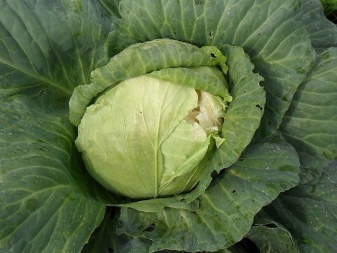

Terms of top dressing
The beds with these plants are usually fed three times a season.
- First feeding... For the first time, cabbage is usually fed 12-14 days after transplanting to a permanent place. This usually happens either in May or early summer. The first feeding is best done in calm weather. The temperature outside should be high enough.
- The second... The next time the plants are fed after another 12-18 days. At this time, a young head of cabbage usually begins to form. The taste of cabbage also depends on the quality of the dressings that are introduced at this stage.
- Third... For the third time, the plants are fed after another two weeks. It is enough to feed early cabbage twice.
This fertilization scheme is understandable even for a beginner. Therefore, every gardener can easily increase the yield of his cabbage. Don't feed your plants more often. This can only harm them.
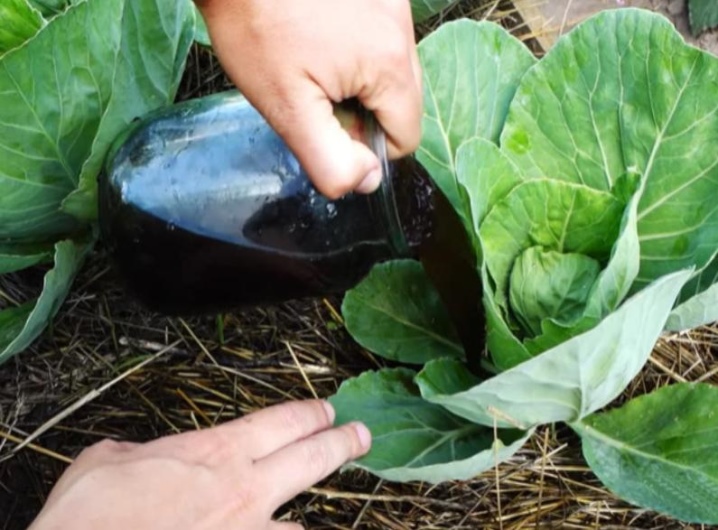
Folk remedies
Most often, gardeners use time-tested feeding to improve the condition of cabbage.
Manure
It is recommended to feed cabbage only well-rotted manure... Otherwise, this product can seriously harm the plants. Typically, cabbage is fed with mullein.
Before use, it is diluted in warm water in a ratio of 1 to 10. There is no need to insist on it. Therefore, use the finished product immediately.

Chicken droppings
Chicken contains a large amount of nitrogen. Therefore, it is usually used as the first feeding. This fertilizer is used for processing young seedlings.
In order not to harm the plants, it is bred before use. In this case, the amount of water should be twice as much as in the case of manure.
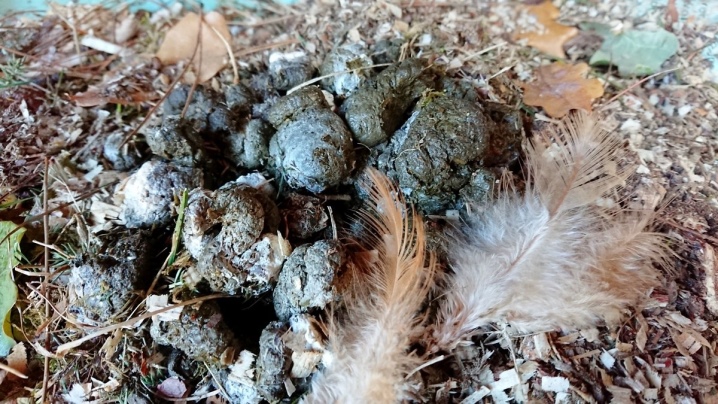
Potassium permanganate
This product is used at the stage of setting the head of cabbage. To prepare a product with potassium permanganate, only 3 grams of powder must be poured into a ten-liter bucket of water. Cabbage loves such dressings and responds well to them.
Water the beds with a solution of potassium permanganate in the late evening or early morning. You need to pour it at the root. This treatment also protects the cabbage from the black leg.
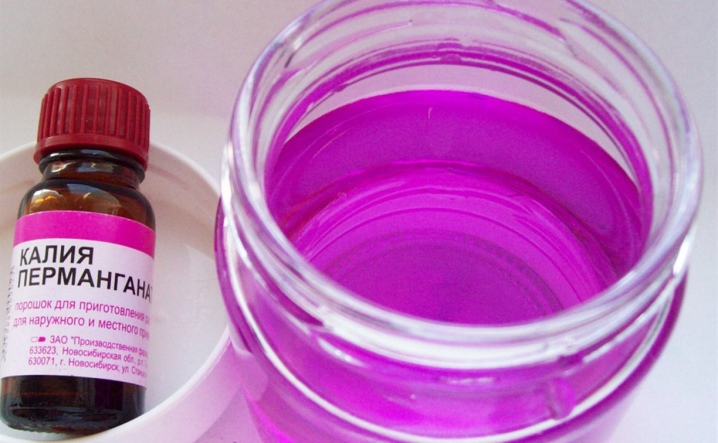
Hydrogen peroxide
This product is commonly used to fertilize young seedlings. To prepare such a high-quality top dressing, 2 tablespoons of peroxide are diluted in a liter of water. The finished product can be poured over any cabbage seedlings. After 6-7 days, it is advisable to repeat the procedure.
Such processing allows accelerating the growth of greenery, and also protects the seedlings from pests.

Ash
Dry wood ash is one of the most popular gardening products. It contains many nutrients. Ashes obtained from burning birch branches and firewood are best suited for feeding cabbage. There should be no harmful substances in wood ash.
It is necessary to water the beds with a solution consisting of a glass of ash and a bucket of warm water. Before use, the product is infused for 10-20 minutes. Immediately after that, the garden can be treated with such a solution.
Ash can also be used dry. Usually it is introduced into the soil before hilling the beds. After feeding, the site is immediately watered.
It is worth remembering that wood ash is not used in the later stages of cabbage cultivation. Spraying or watering plants with this product leads to the fact that the heads of cabbage become less tasty and slightly bitter.
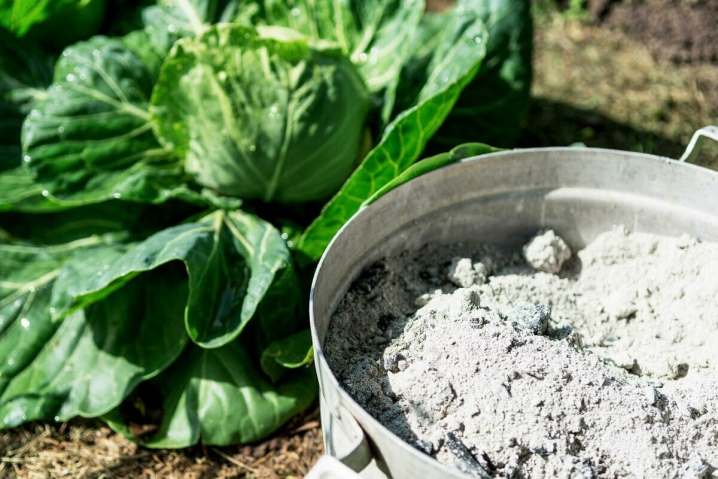
Eggshell
Eggshell dressing enriches the soil with calcium. Besides, it allows you to protect cabbage beds from bear and other dangerous pests.
To prepare the solution, the shell must be thoroughly crushed and diluted in a small amount of water.
The use of this product also helps to reduce the acidity of the soil. Therefore, both adults and young bushes feel good.
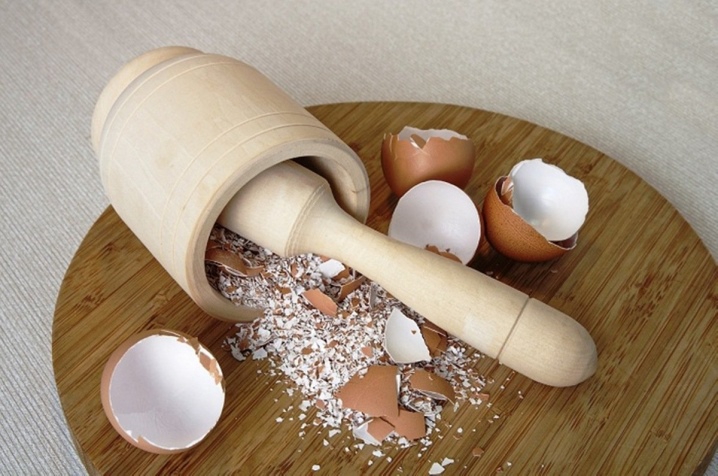
Other
There are other high-quality fertilizers that are suitable for increasing the yield of plants.
- Yeast... To fertilize the beds, a solution is usually used, consisting of 10 grams of dry yeast, 100 grams of sugar and three liters of water. All these products are thoroughly mixed and infused for a week. The product must be diluted before use. This is usually done in a 1 to 1 ratio.
- With ammonia... Fertilizing with ammonia is prepared quite simply. To begin with, a tablespoon of ammonia must be diluted in 5 tablespoons of vinegar. Next, this product must be combined with ten liters of water. You need to work with such products carefully, because they are toxic.
- With boric acid. Summer foliar feeding of bushes with boric acid is also useful for cabbage. To process the site, a tablespoon of the product must be diluted in a glass of water. It should be warm, but not hot. Dilute the dry powder in a bucket of water. This solution should be sprayed over the entire area. Thanks to timely processing, cabbage grows tasty and its leaves become crispy. Such heads of cabbage are stored for a long time.
- Nettle infusion... This product contains a large amount of nitrogen. Therefore, it is usually used in early summer. To prepare the product, fill the bucket halfway with nettles. Next, hot water is added to the container. The product must be sent to a dark place for four days. The finished infusion is diluted in a ratio of 1 to 10, and then used for watering young cabbage.
- With soda... The use of this product can improve the flavor of the cabbage. In addition, heads of cabbage processed with this infusion are stored longer. To prepare the fertilizer, 20 grams of powder are diluted in 10 liters of water. Once prepared, it can be used to treat the area.
- Serum... Feeding the cabbage with whey speeds up the head formation process and improves the taste of the cabbage. Whey is diluted 1 to 10 before use. Some gardeners prefer to add yeast, wood ash or iodine to the soil. This also helps to protect the site from pests.
- Banana peel... Enriches the soil with magnesium. Usually, banana peel fertilizers are used to feed young seedlings. They can be used both dry and as an infusion. It is best to dry the peel of one banana well, then chop and mix with a liter of warm water. The resulting infusion is used for watering seedlings.
- Potato peelings... Saturate the soil with useful elements. For feeding, potato peelings must be dried. This should be done in a warm and dry place. Pour boiling water over them before use. In this case, the water should cover the peel. After a week, the liquid can be used to treat the area. If desired, you can add a little chopped nettle to the same container. This will make the infusion even more beneficial.


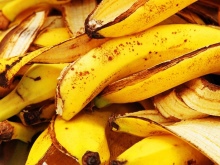
Use of mineral fertilizers
Popular among gardeners are not only folk remedies, but also purchased options. Mineral dressings can be divided into several main categories.
- Nitrogen... Such fertilizers are usually added to the soil during the period of active growth of cabbage. Most often, urea or ammonium nitrate is used for this purpose. Both products are equally good. But you need to use them very carefully. If you do this too actively, burns may appear on the foliage. When treating the area with nitrate or urea, it is especially important to protect your skin and respiratory tract.
- Potash... Such fertilizers are needed for the formation of heads of cabbage. They are fed both early and late cabbage. To tie the heads of the plant, it is worth feeding with chloride or potassium sulfate.
- Phosphoric... Top dressing data is entered last. They allow you to make the taste of cabbage more pleasant and rich. As a rule, the site is fertilized at this stage with superphosphate.
It is recommended to use mineral fertilizers only in the early stages of plant development. In small quantities. If you do everything correctly, no harmful substances will accumulate in the heads of cabbage.
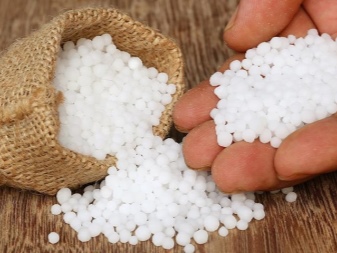

Recommendations for different types of cabbage
In order for the plants to get the maximum benefit from fertilizers, when feeding, it is important to take into account what type of cabbage was planted on the site.
- Sheet... Such cabbage, unlike white cabbage, is completely undemanding both to the choice of a place for planting and to dressing. Organic fertilizing will be enough for her, which is applied to the soil several times per season.
- Brussels... This type of cabbage often needs calcium supplements. Therefore, in the fall, crushed eggshells or similar products are often added to the soil on which the cabbage will grow. The use of mineral fertilizers also has a positive effect on the condition of plants. Such dressings help to strengthen the immunity of plants.
- Colored... This type of cabbage is especially in need of phosphorus. But the nitrogen fertilization of the bushes is needed in smaller quantities. This cabbage responds well to poultry manure.
- Savoy... This cabbage is usually fed twice per time. For the first time, fertilizers are applied at planting. The second time, the plants are fed with organic products.
- Beijing... This type of cabbage is best fed with complex mineral supplements. It is very important to water your garden regularly. This will only benefit the Chinese cabbage.
- Redhead... This vegetable crop needs a lot of nutrients. Usually, plants are fed with the same fertilizer as white cabbage. In this case, the amount of the product is doubled.
- Broccoli... The plot for planting cabbage must be prepared in the fall. Fertilizers containing phosphorus and potassium must be added to the soil. Nitrogen fertilizers are used in the spring. In the summer, broccoli is fed only once. Usually organic options are used for this.
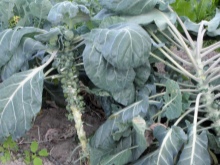

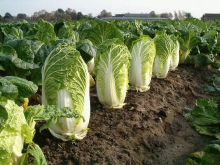
Correct and timely feeding of cabbage will help to improve the quality of the crop. Therefore, these procedures should not be ignored.













The comment was sent successfully.